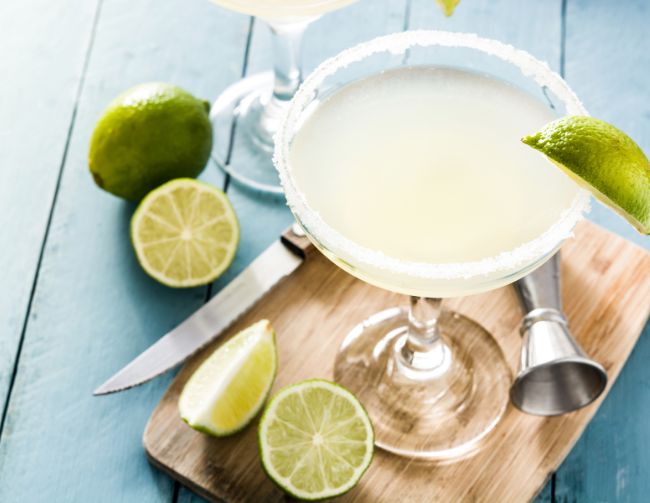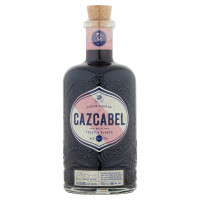Tequila’s popularity is skyrocketing. We find out what makes this Mexican spirit so special and how to enjoy it.
Far from that bad-decision, late-night shot we’ve come to associate with tequila, the smoky spirit’s worldwide reputation is finally catching up to what Mexicans have known all along.
An excellent example of tequila is a thing to be savoured and celebrated; finely honed skills and age-old techniques create a complex, nuanced sipper that deserves our attention.
According to the IWSR (International Wines and Spirits Record), tequila’s compound annual growth rate is predicted to expand by seven per cent from 2021 to 2026, well ahead of the entire category of spirits at two per cent.
Celebrity endorsements and involvement (George Clooney and Dwayne ‘The Rock’ Johnson, we’re looking at you) have helped to drive the growth. But an increasing knowledge of tequila’s rich heritage and artisan nature – as well as the categoric rise of the margarita – has mainly given the drink such a boost.

Above: There's no denying the popularity of margaritas at home is contributing to the rise of tequila sales!
HOW IS TEQUILA MADE?
When it comes to craftsmanship, few spirits can boast such unique and wonderful credentials as tequila – and it all starts with the fantastic agave plant.
Like wine and terroir, tequila’s flavour profile is affected by the soil, land elevation and climate. Harvesting agave is done by farmers called jimadors.
The labour-intensive process of producing tequila involves the heart of the agave plant (piña) being baked inside stainless-steel ovens, or more traditional clay or brick ovens called horno, before being distilled two or three times in copper pots.
TYPES OF TEQUILA
The result is then rested or aged to varying degrees and labelled under three main categories: blanco (white – also called plata or silver), reposado (rested) or anejo (old).
You can find delicious examples within each of these, but generally, the older it is, the more robust and expensive it gets. The main thing to remember is that the bottle should specify 100 per cent agave – if not, it will likely mean additives.
These mixtos are often poor quality, which is why they’re often knocked back in one go (with next-day repercussions). Quality tequila is smooth and delicious – in Mexico, it’s generally sipped neat and taken with food.
Whichever drop you choose, remember to sip and savour – a lot of history, passion and tradition has been poured into that drink. And if it’s good enough for George Clooney…
Words Nikki Birrell





